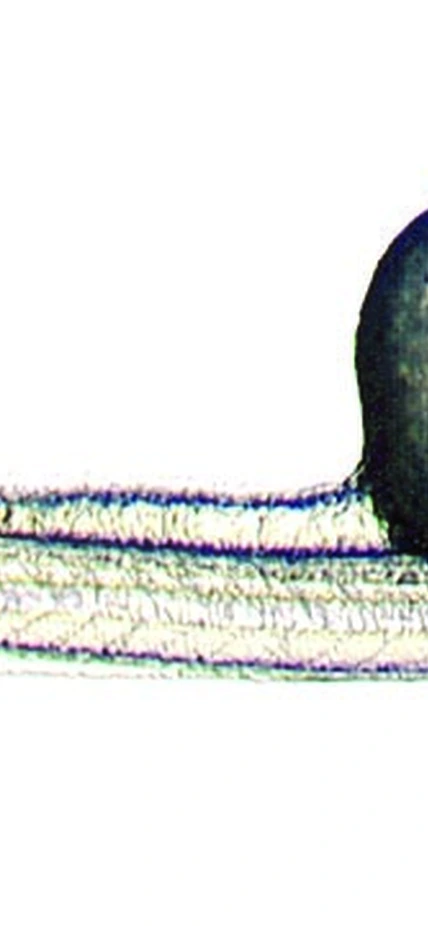Baltimore, MD—Carnegie’s BioEYES K-12 science educational program launches a new center sponsored by the University of Utah, Department of Pediatrics, Pediatric Research Enterprise. The new program manager and educator of BioEYES Utah, Judith Neugebauer, will use her zebrafish research experience to introduce students to the scientific method with a hands-on learning opportunity to watch live, transparent, zebrafish embryos develop.
Thus far, fifteen teachers from six different schools have joined the program, focusing on 2nd and 5th grades for the first year. Four of the six schools are Title I. Title I schools have high numbers of children from low-income families and receive federal financial assistance to help them reach state standards.
Neugebauer has over 10 years’ experience conducting research, mentoring, and teaching. “I am very excited to transition these skills into educating our youth under the BioEYES program,” she said.
BioEYES is a grassroots effort and the brainchild of molecular biologist Steven Farber at the Carnegie Institution’s Department of Embryology in Baltimore, Maryland, who partnered with University of Pennsylvania educator Jamie Shuda in 2002 to launch the program. The K-12 science education program provides outdoor and classroom-based learning on environmental and biological concepts. It incorporates teacher empowerment and involves professional development seminars and a co-teaching experience with university trained science consultants. To date, over 86,000 students and 1,450 teachers have participated in BioEYES programs in the U.S. and Australia.
Farber remarked, “It is incredibly satisfying to see how BioEYES has exposed thousands of kids to the joys of science. Their sense of wonder and enthusiasm is one of my greatest rewards.”
Carnegie president Matthew Scott remarked, “Steve Farber’s remarkable educational program introduces children to scientific observation and experimentation. They learn that the kind of curiosity they already have is welcome and important in science, and that mysteries can be approached by asking good questions and then testing ideas. They also see the beauty of developing biological organs and tissues, complex life coming from an egg. We at Carnegie are delighted to see the sprouting of new branches of the program that will reach more and more kids.”
Neugebauer earned her Ph.D. in 2009 from the University of Utah, Department of Neurobiology and Anatomy, using zebrafish to study heart development. She discovered her passion to teach science to K-12 students while volunteering at a local elementary school. Working with an equally motivated second grade teacher, Neugebauer designed “Science Friday,” a curriculum based hands-on science learning program. Weekly classroom activities included growing plants, collecting data, and extracting DNA.
BioEYES is a joint effort between the Carnegie Institution for Science and the Johns Hopkins University School of Education. Additional centers are located at the University of Pennsylvania, the University of Notre Dame, and Monash University in Melbourne, Australia. The program is entirely funded by grants and gifts. A complete list of sponsors can be found at the project’s website http://www.bioeyes.org/index.php
